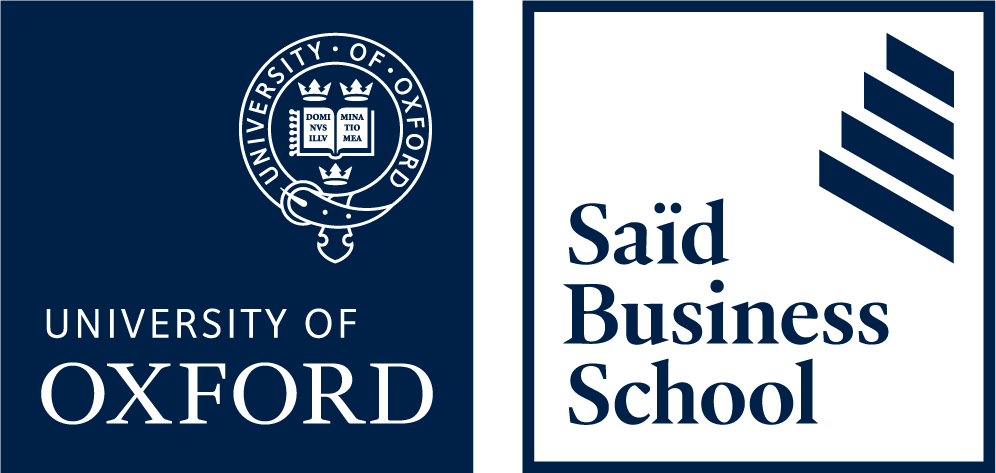- Leadership
Finding Ambidexterity
Steve Mostyn reviews Jens Maier’s ‘The Ambidextrous Organization’
Steve Mostyn, an Associate Fellow at Saïd Business School, Oxford, reviews The Ambidextrous Organization:
Jens Maier’s new book attempts to do two things simultaneously. First a review of the literature, illustrated with mini case studies in this broad subject area, and secondly a road-map to develop an ambidextrous organization.
Maier’s foundation concept of ambidexterity is simple on the verge of being simplistic – the opening comments of asking executives to write their signature with their opposite hand is a well worn exercise in ice breakers in change workshops with leadership teams around the world.
The concept of ‘exploring the new while exploiting the old’ is a worthy investigation. The concept was originally developed by Charles A. O’Reilly III, and Michael L. Tushman in ‘Organizational Ambidexterity in Action: How Managers Explore and Exploit’. Their definition: “Organizational ambidexterity, the ability of senior managers to seize opportunities through the orchestration and integration of existing assets to overcome inertia and path dependence, is a core dynamic capability.”
Maier covers much ground in the literature and this book is packed, often a little too densely, with numerous mini case studies. It sometimes strikes the reader as a concise learning journal from an author who, amongst many key roles in corporate and academic leadership development, has witnessed first hand global thought leaders teach and facilitate executive learning. He asks: “Can we build the individuals’ competencies?” and “Can we build the right capabilities, including the right robust processes to handle ambidexterity?”
It is however worth persevering with this work – many of the cases are rich in insight and implication. For example the description of Nespresso outlines ambidexterity well. “Nespresso is very successful today in taking the transactional consumption of a cup of coffee at home or in the office into the sphere of a meaningful customer experience, in fact, creating a true customer relationship.”
Equally useful is a concise summary of Prahalad’s shared mindset and dominant logic ideas, which for me are at the core of the ambidexterity toolkit. Maier then summarises key terms in shaded boxes to define key concepts. This allows the reader to browse and move around the book in an exploratory way.
Perhaps the most useful contribution Maier makes is the linking ‘solution’ chapter – ‘Linking Leadership Development to Corporate Development’. Here he makes an articulate case for the strategic alignment between leadership development and strategy deployment. A useful argument is developed in the role of corporate universities to be the true home of ‘explore and exploit’ experiments.
Maier argues convincingly that most corporate universities unlike business schools do not have a research agenda and that ultimately limits the scope of their change impact. An insightful detail that gets to the essence of a corporate university (CU) being an ambidextrous catalyst is the comment that: “Once a CU has built the credibility for addressing the sense of urgency and has supported the out of office environment to foster a strong leadership coalition, the next challenge is to provide the platform for creating real projects.”
A useful outline of a workshop process of ‘ideation’, ‘shaping’ and ‘decision then follows. This chapter alone is worth the investment in time with Maier’s ideas as it outlines and challenges assumptions of how executive development or education can be a real catalyst for change. Maier details the obsession many “CU’s have on mirroring HBS with ‘an auditorium’ in the style of an amphitheater. This comes with fixed chairs and all the focus is on the stage, where presumably the lecturer will communicate all his/ her wisdom to the learners.”
He goes on to observe that many CU’s have had ‘seminar rooms’ rather than LAB rooms.
In conclusion, this is a useful and well-researched book into this broad topic where the reader can explore and if you wish exploit the application to your organization.
Jens Maier is a teacher, consultant and entrepreneur. He is a Lecturer at the University of St. Gallen, Executive School of Management Technology and Law and as Fellow at London Business School's Centre for Management Development where he teaches leadership, innovation and corporate development working primarily with corporate clients.
The Ambidextrous Organization, 2015, Palgrave Macmillan, ISBN 978-1-137-48812-1
The Saïd Business School is Europe’s fastest growing business school. An integral part of the University of Oxford, it embodies the academic rigour and forward thinking that has made Oxford a world leader in education.
ARTICLES YOU MIGHT LIKE
BOOK REVIEW
Patrick Faniel demonstrates the power of clear restricted focus and the danger of spreading leadership attention too thinly
DEVELOPING LEADERS QUARTERLY MAGAZINE AND WEEKLY BRIEFING EMAILS

































